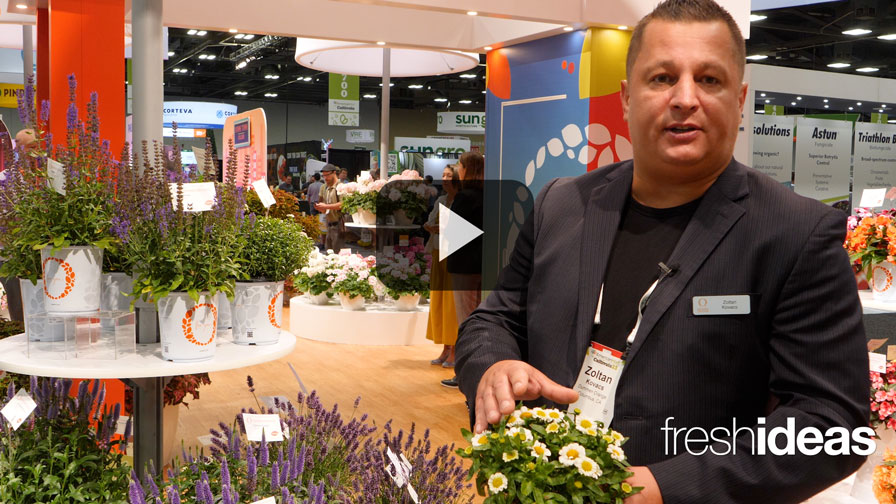Control Your Destiny
At the OFA Short Course last month, we tried something new and hosted a panel discussion called, “Boost Your Bottom Line.” This was an open conversation with the owners and top management from our four finalists for Operation of the Year – Bob’s Market & Greenhouses in West Virginia, Emerald Coast Growers in Florida, James Greenhouses in Georgia and Rocket Farms in California. We figured, if we are to look for ways to improve, start with growers who have a proven track record and aren’t standing still.
Boosting your bottom line means addressing both sides of the equation – costs and revenue. The three big cost centers for wholesale growers are labor, transportation and energy. Prime strategies for tackling labor issues include investing in automation, cultivating labor pools and getting more productivity out of the employees you have with lean practices.
Growers who are most active addressing energy costs are in northern climates, where the return on investment in heating and alternative fuel systems is faster. Incentives from governments and utility companies help pay for energy retention curtains, which tend to pay for themselves anyway. A simple approach is growing cooler crops or not firing up the greenhouses during peak winter months and bringing in larger liners to finish later. Definitely get an energy audit and see where you can conserve. Greenhouse structures and equipment manufacturers are happy to help.
Transportation is a big issue for growers who ship far distances. We’re seeing more growers set up satellite distribution hubs and working with UPS and Federal Express on palletizing shipments.
After doing all you can to reduce costs, how do you drive revenue? Most of this comes down to what you grow and how you sell it. Growers who thrive pay attention to product lifecycles and aggressively pursue new product development.
As a young plant producer, Bob’s Market is on the cutting edge producing varieties from Ball and Dümmen and was the first to grow Confetti liners. James Greenhouses specializes in niche perennials and tropicals. When Rocket Farms entered the orchid market, it focused heavily on novelty colors over the more common pink and white. Emerald Coast prides itself on a deep availability of 600 perennials and grasses in liner sizes ranging from 128 to 21.
Competing with perennial propagators nationally, Emerald Coast invests in professional, multi-faceted B2B marketing campaigns that include print and digital advertising, the monthly Coastal Current written by perennial personality John Friel and social media. It’s all supported by a comprehensive website with detailed information on each variety, live availability and online ordering.
When is the last time you took a good look at the plants you are growing and which are most profitable? Maybe it’s time to try emerging categories before they become crowded. With abundant young plant supply networks, it has never been easier to try new crops. You don’t have to be the expert and can buy in larger inputs to finish. To help you with your planning, we’ve published a comprehensive New Varieties Guide to the new introductions from the California Spring Trials following page 6. Enjoy!








